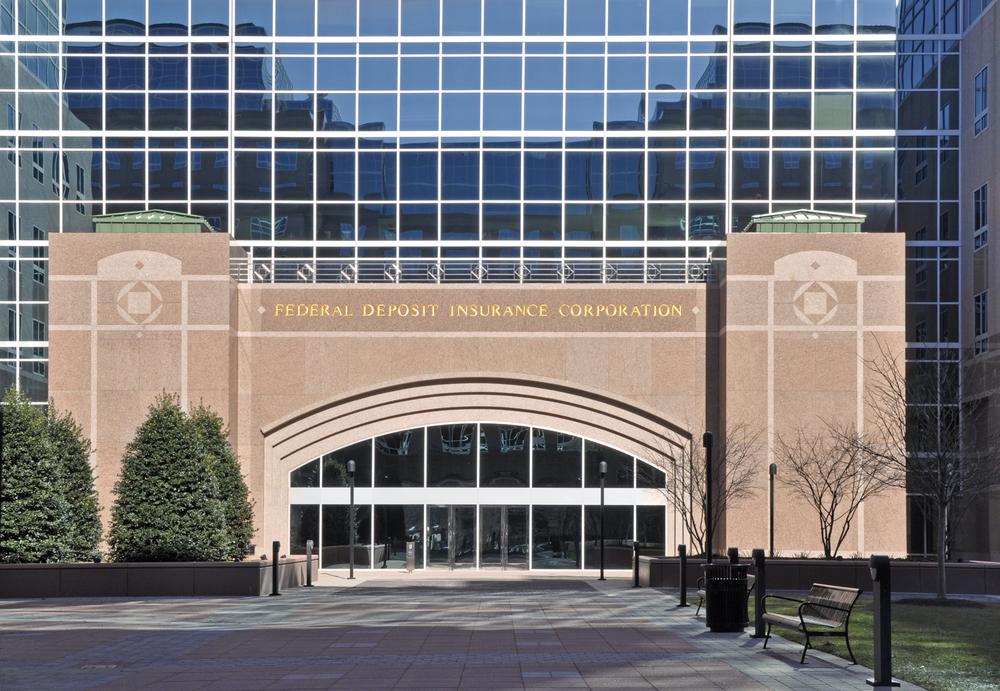Your Complete Guide to FDIC-Insured Banking Accounts: Protecting Your Finances Securely
This comprehensive guide explains FDIC-insured banking accounts, their types, how they operate, and the importance of deposit protection. Learn how to safeguard your funds, verify bank insurance status, and choose the right accounts for your financial security. Stay informed and maximize your deposit safety with expert insights on FDIC coverage and bank assessments, ensuring peace of mind in your financial planning.

Understanding the Importance of FDIC-Insured Financial Accounts
In today's banking landscape, knowing how your money is protected is essential for financial peace of mind. The Federal Deposit Insurance Corporation (FDIC) stands as a cornerstone of stability in the United States banking system. Established in 1933, this independent federal agency plays a pivotal role in safeguarding depositors' funds across thousands of banks and savings institutions nationwide. By insuring deposits up to certain limits, the FDIC ensures that your hard-earned money remains secure even if your bank encounters financial difficulties.
Whether you are opening a new checking account, savings account, or exploring other deposit options, understanding the nuances of FDIC insurance can help you make informed financial decisions. Additionally, credit unions, which serve as community-based financial cooperatives, are protected by the National Credit Union Administration (NCUA), offering similar security to their members.
In this comprehensive guide, we delve deep into what FDIC-insured accounts are, how they operate, and why they are vital for your financial security. We will explore the different types of FDIC-insured accounts, how the FDIC assesses banks for insurance eligibility, and practical tips to maximize your deposit protection.
Fundamentally, FDIC collection funds are pooled into the Deposit Insurance Fund (DIF). When a banking institution faces insolvency, the DIF guarantees that depositors receive their insured funds, up to the stipulated limits, minimizing financial disruptions and maintaining trust in the banking system.
Explore More: Practical Tips to Avoid Unnecessary Banking Fees and Charges that Could Affect Your Savings
How FDIC Insurance Works in Practice
Not all financial institutions are automatically covered by FDIC insurance. Before depositing your money, it's crucial to verify whether the bank is a member and insured by the FDIC. The agency conducts rigorous assessments of each bank's financial health, examining factors such as capital adequacy, management quality, asset quality, earnings, and liquidity. Based on these evaluations, banks are assigned a risk rating, which influences their insurance premiums and stability assurance.
FDIC's oversight process involves continuous monitoring and periodic risk assessments to ensure that insured banks maintain sound financial practices. This oversight helps prevent bank failures and protects depositors' interests across the country.
Types of FDIC-Insured Accounts You Should Know About Include:
Checking Accounts
Designed for everyday financial transactions such as paying bills, making deposits and withdrawals, and ATM access, checking accounts are the most common type of deposit account. The majority of these accounts are insured by the FDIC up to the insured limit, providing security for your day-to-day cash management.
Savings Accounts
Ideal for short-term and long-term savings goals, savings accounts often feature limited withdrawal privileges to encourage saving. They typically offer a fixed or variable interest rate, with FDIC insurance applying to most savings funds at insured banks.
Money Market Accounts (MMA)
Money Market Accounts combine features of savings and checking accounts, offering higher interest rates and limited check-writing capabilities. They generally require higher minimum balances but are insured by the FDIC, ensuring your funds are safe even during bank difficulties.
Certificates of Deposit (CDs) or Time Deposit Accounts
These deposits lock your funds for a specified term—ranging from a few months to several years—in exchange for a fixed interest rate. Reputable banks ensure FDIC coverage on CDs, providing additional security for your investment.
Staying informed about banking regulations and updates is crucial for protecting your money. Follow us on social media platforms like Facebook and Twitter to receive real-time insights and tips about personal finances, investment strategies, and banking safety measures.
By understanding the different types of FDIC-insured accounts and how the protection system works, you can optimize your bank deposits for safety, earning potential, and peace of mind. Remember, always verify your bank's FDIC membership before depositing your funds, and consider diversifying your deposits across multiple insured institutions to maximize your coverage limits.
Protect your financial future today by making informed decisions about your banking and savings choices, and rest assured that your deposits are secure with FDIC insurance coverage.





